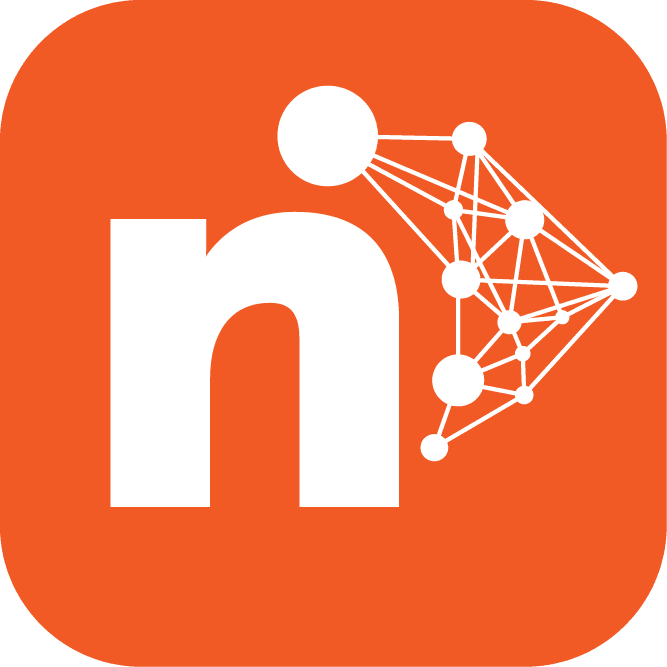
The Loneliness Epidemic: How Professional Networking Can Combat Social Isolation
Discover how meaningful professional connections can help combat the growing loneliness epidemic in our increasingly digital world.
Dan Fisher
March 15, 2024

Dan Fisher
October 9, 2025
For three years, I asked every single member who canceled the same question:
"Why are you leaving?"
After analyzing 1,000+ responses, I discovered something that shocked me:
The #1 reason members quit isn't what you think.
It's not the price. It's not the features. It's not even the content.
After reading through thousands of cancellation reasons, one phrase kept appearing over and over:
"I just never felt like I belonged."
Let me show you the real data—and what it means for your community.
Here's what members said when asked "Why are you leaving?" (ranked by frequency):
Notice something? Price ranks 4th. Most community leaders think price is the problem. But 78% of members quit for reasons that have nothing to do with cost.
The real problem? Isolation.
After analyzing the data, I discovered what I call the "Connection Threshold":
Members who make 3+ meaningful connections in their first 30 days have a 94% retention rate.
Members who make 0-1 connections have a 23% retention rate.
That's a 71-point difference—just based on connections made in the first month.
Here's what "meaningful connection" means:
Members quit when they feel invisible. They show up, participate occasionally, but nobody seems to notice them.
The data: 79% of members who canceled said "I don't think anyone would notice if I left."
What this looks like:
The fix: Create a "recognition system" where every member gets noticed at least once a week:
Members quit when they can't articulate the value they're getting—even when value exists.
The data: When asked "What value did you get from the community?", 61% of canceling members said "I'm not sure."
Here's the kicker: When we followed up with these members, most had actually received significant value:
The fix: Make value visible with a "Value Tracking System":
Members quit in the first 30 days because they don't know what to do after joining.
The data: 73% of members who cancel do so within the first 60 days. Most cite "confusion about how to get started."
What this looks like:
The fix: Create a structured "First 30 Days" roadmap:
Week 1: Make Your First Connection
Week 2: Get Your First Win
Week 3: Deepen Connections
Week 4: Become Active
Members quit slowly—they don't cancel, they just fade away.
The data: The average member stops engaging 47 days before they officially cancel.
The drift pattern:
The fix: Create an "early warning system" that catches drift before it becomes churn:
Here's what happens when you reach out to inactive members:
The lesson? Personal outreach matters. A lot.
After analyzing hundreds of successful retention stories, I discovered a pattern:
Members who have three meaningful conversations in their first 30 days rarely quit.
Not three group discussions. Not three comments on posts. Three actual conversations—either 1:1 or in small groups—where they feel heard, understood, and valued.
How to engineer three conversations:
Ready to dramatically reduce member churn? Here's your action plan:
Members don't quit because of price. They quit because they feel alone.
When you help members make meaningful connections in their first 30 days, everything else falls into place:
Stop focusing on adding features. Start focusing on facilitating connections.
That's how you build a community that lasts.
If you answered "no" or "I don't know" to any of these, you now know why your members are leaving.
Networkli helps you facilitate meaningful connections, track member engagement, and identify at-risk members before they quit. See how community leaders are using our platform to boost retention by 71%.

Discover how meaningful professional connections can help combat the growing loneliness epidemic in our increasingly digital world.
Dan Fisher
March 15, 2024

Contrary to popular belief, introverts often excel at networking when they play to their natural strengths. Learn how to network authentically as an introvert.
Brittany Fisher
March 10, 2024

Discover why your casual connections might be more valuable than your close ones when it comes to career opportunities and professional growth.
Dan Fisher
March 8, 2024